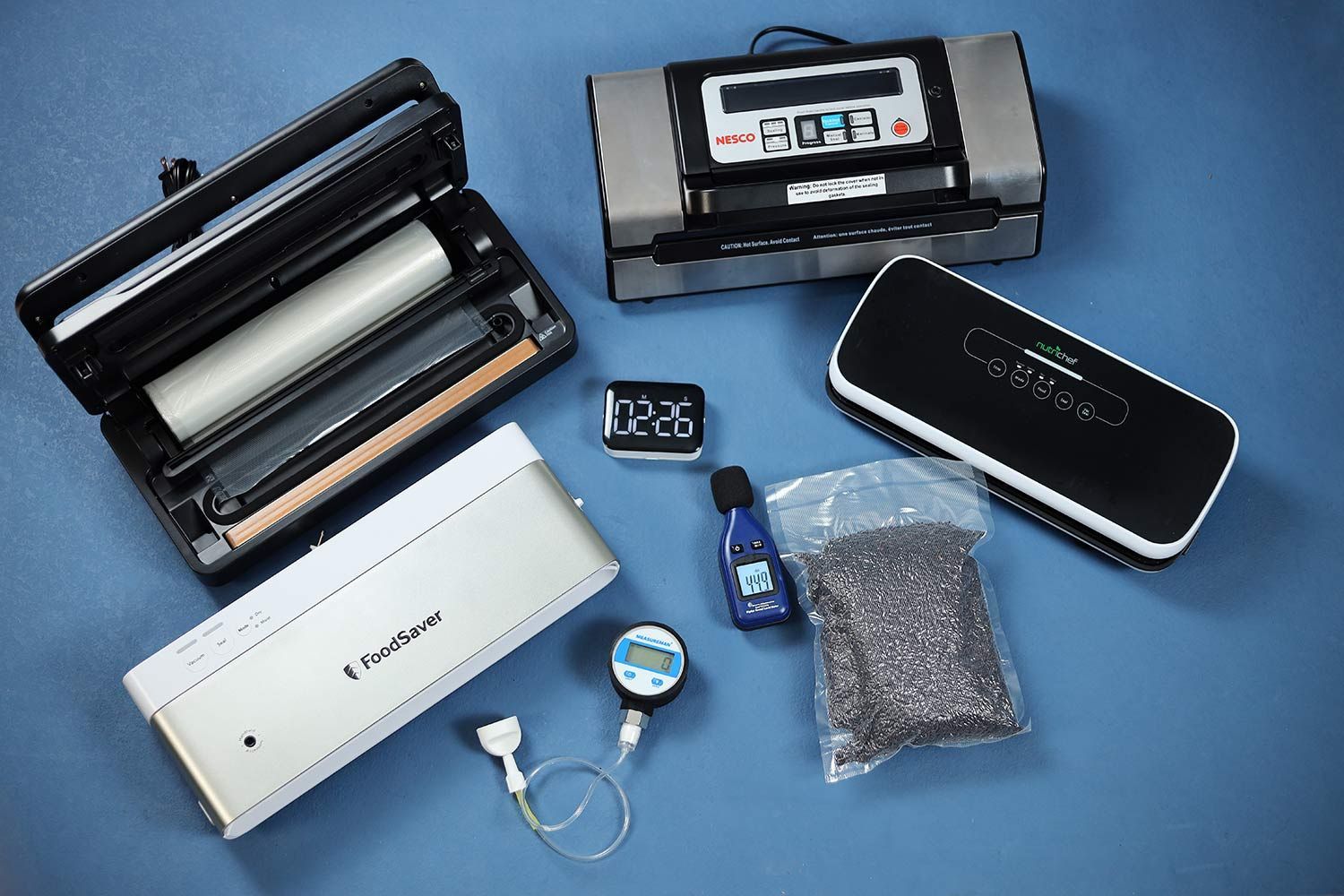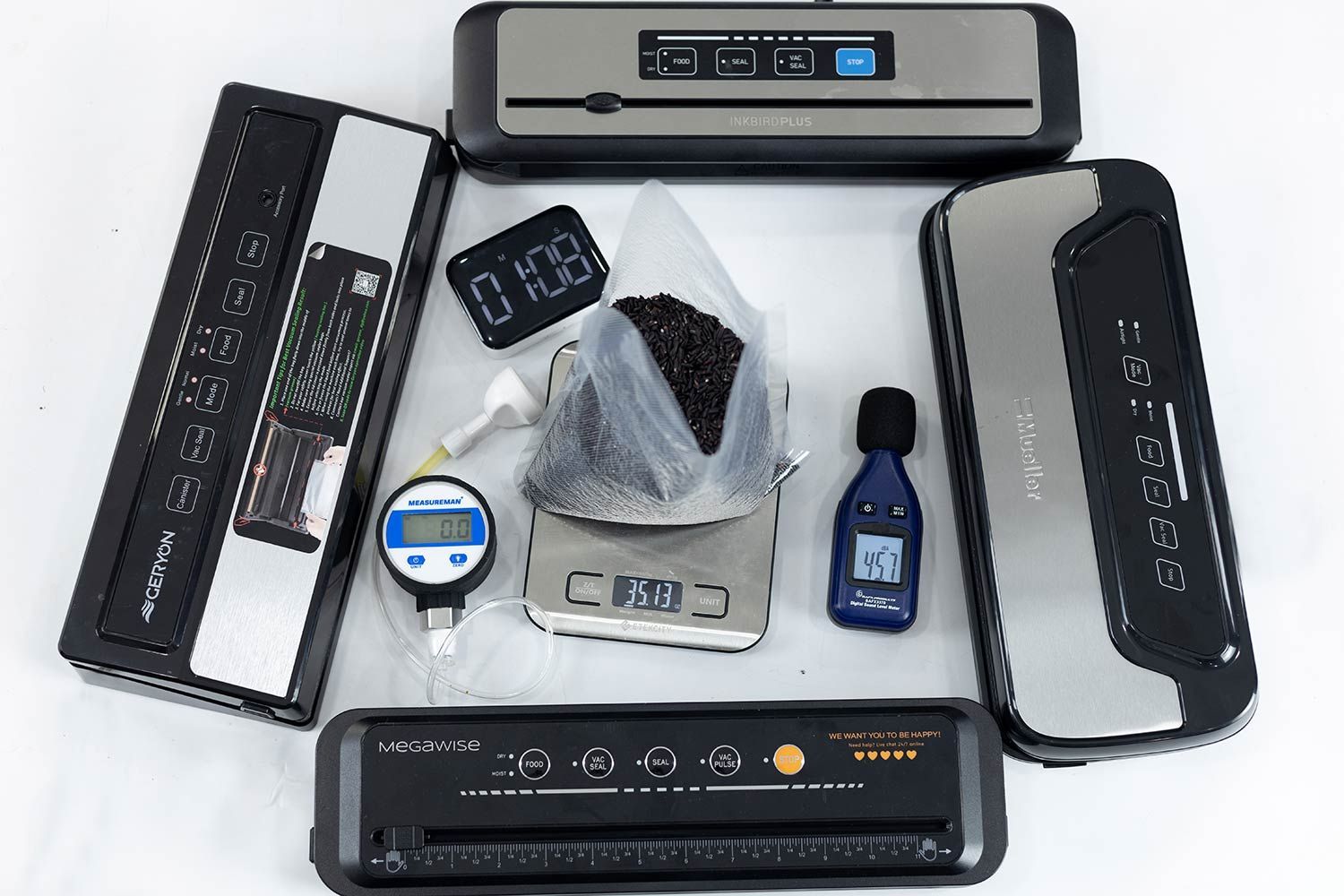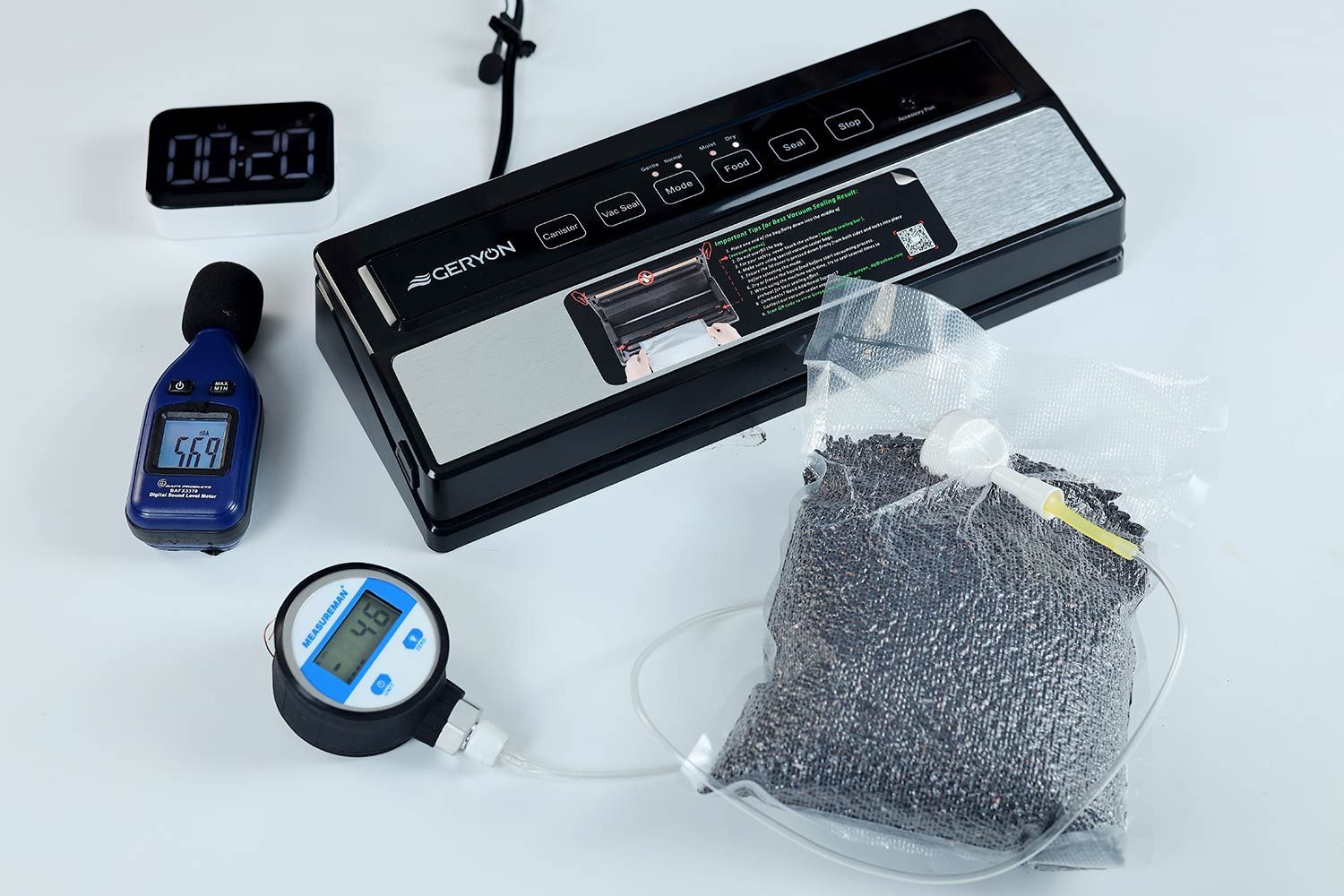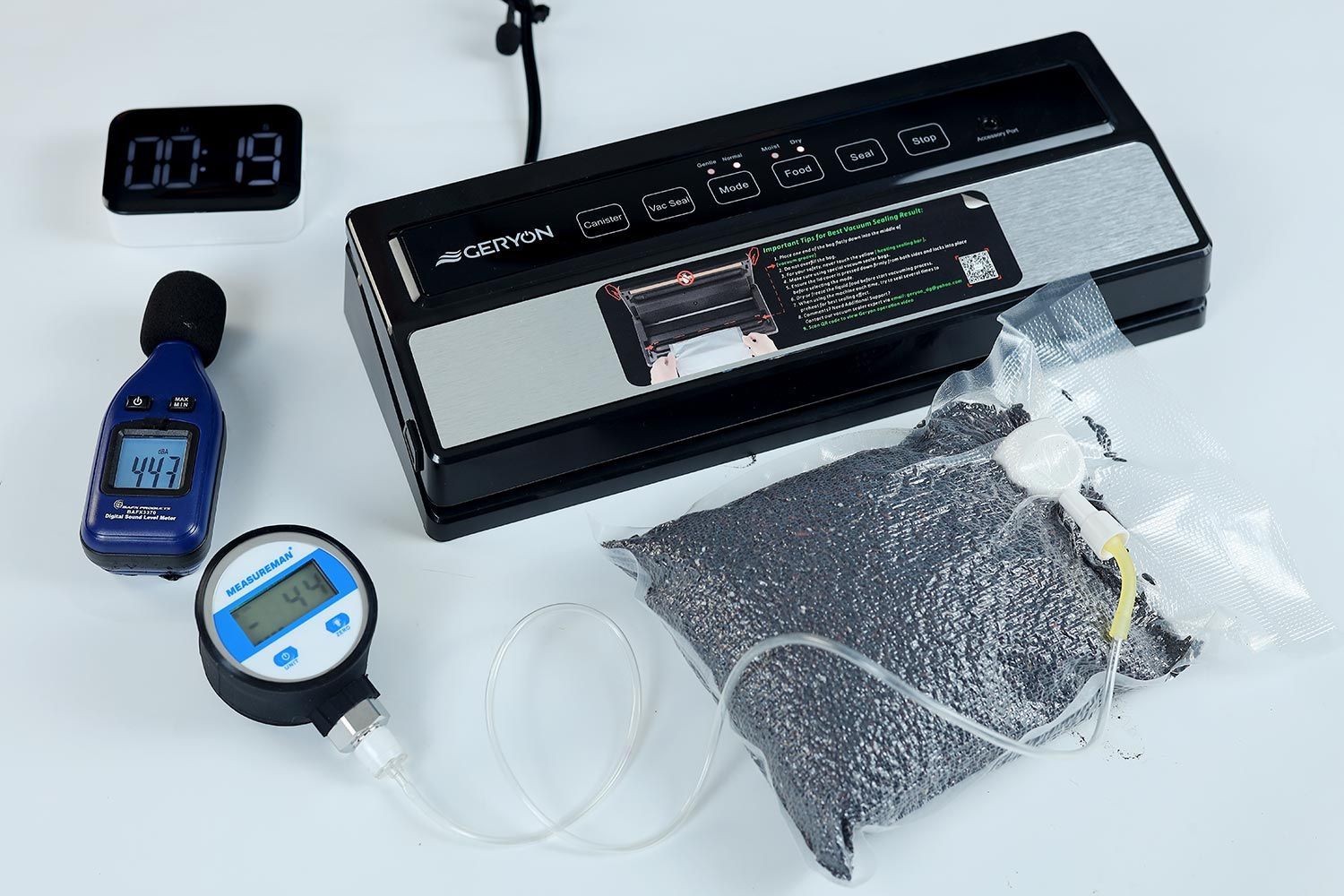Our recommendations are made independently. We may receive commissions from purchases made via our links.
Dry Food for Vacuum Sealers
As part of our search for the best vacuum sealer, we test several top-performing models by vacuum-packing 2.2kg of rice grains in this dry food test.
This test is part of How Shouldit Tests Vacuum Sealers v1.0

If you want to preserve your food for longer and reduce wastage, there aren’t any better ways than vacuum sealing. Pack up the food in a plastic bag and put it in the fridge. The airtight environment, combined with the coolness of the fridge, will significantly improve the shelf-life of the food (by days, even weeks!)
We've gathered a selection of top-rated vacuum sealers from Amazon and put them to the test in our laboratory. For our initial performance assessment, we chose to work with dry food, specifically black rice grains. Dry foods, especially grains like rice, can be trickier to vacuum seal compared to moist foods like raw meat. This is because tiny air gaps between the grains can pose a challenge for the sealer to eliminate completely. As a result, this experiment is the ideal opportunity to gauge the vacuum sealer's capabilities.
Testing Procedure

We will begin by filling a bag with 35.2 ounces (1 kilogram) of rice, vacuuming it, and sealing it. The bag will be connected to a vacuum pressure gauge, which measures the pressure in kPA. Additionally, we will time how long each sealing session takes using a timer.
We perform two tests for each model to ensure the data we collect is accurate and reliable. This is a crucial part of our quality control process.
It's important to note that a lower pressure reading on the gauge indicates that more air has been successfully removed from the bag. The gauge will display this result as a negative number to indicate a vacuum. On the other hand, the time it takes to complete the vacuum and seal the bag reflects the efficiency of the vacuum sealer, with shorter times being preferable.
Scoring Metrics
The sealer's total score in the dry food test is based on two sub-scores: suction strength (weighted at 70%) and cycle time (30%).
As mentioned earlier, since we perform two separate test sessions to ensure accuracy and reliability, the sub-score you'll see in our review, which contributes to the overall performance score, is an average of data from these two tests and is not derived from a single test.


Resulting in a total score of 5.5/10.
Suction Strength
Suction strength is measured by the vacuum pressure gauge in kPA.
- Above 70 kPA - 10 points
- 65-70 kPA - 9 points
- 60-64 kPA - 8 points
- 55-59 kPA - 7 points
- 50-54 kPA - 6 points
- 45-49 kPA - 5 points
- 40-44 kPA - 4 points
- 35-39 kPA - 3 points
- 30-34 kPA - 2 points
- 25-29 kPA - 1 point
- Below 25 kPA - 0 point
Cycle Time
Sealing time is measured by the timer that starts from when the sealer’s vacuum activates to when it turns off and the bag is sealed.
- Under 10 seconds - 10 points
- 10-14 seconds - 9 points
- 15-19 seconds - 8 points
- 20-24 seconds - 7 points
- 25-29 seconds - 6 points
- 30-34 seconds - 5 points
- Above 35 seconds - 0 point
References
https://ask.usda.gov/s/article/How-long-can-you-store-fruits-and-vegetables - How long can you store fruits and vegetables? - USDA
